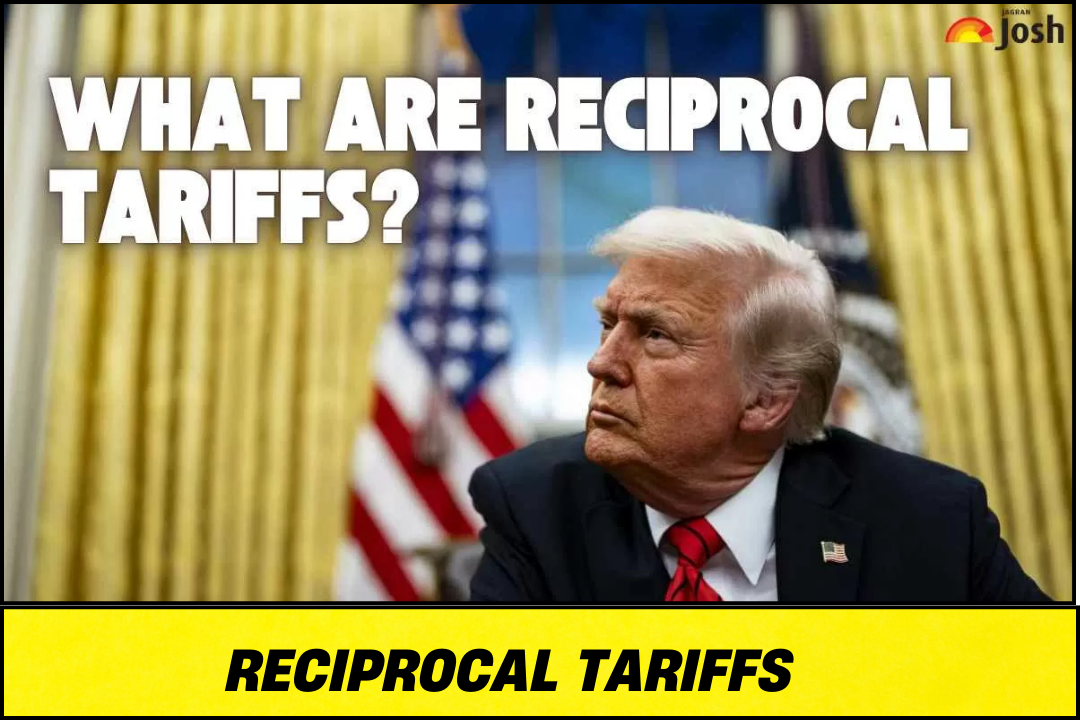Introduction to Reciprocal Tariffs
Reciprocal tariffs are a crucial element in international trade, influencing global markets, trade agreements, and economic policies. When one country imposes import duties on goods from another nation, the affected country often responds by implementing equivalent tariffs, leading to a tit-for-tat economic policy. These trade duties play a significant role in shaping economic relationships, often resulting in either fair trade practices or trade wars.
Businesses and policymakers must understand the implications of reciprocal tariffs to make informed decisions. By analyzing their economic impact, trade strategies, and historical examples, stakeholders can better navigate the complexities of global commerce.
How Reciprocal Tariffs Work
Reciprocal tariffs function as a trade policy tool to ensure that nations engage in fair trading practices. When a country imposes import taxes on foreign goods, the affected nation typically retaliates by applying a similar tax rate on imports from the initial country. This practice creates a balancing act in global trade but can sometimes escalate into prolonged economic disputes.
Key Features of Reciprocal Tariffs
| Feature | Description |
|---|---|
| Retaliatory Nature | Countries impose equivalent tariffs in response to protectionist trade policies. |
| Trade Balancing | Helps ensure that no country exploits unfair advantages in trade relationships. |
| Impact on Prices | Increased tariffs often lead to higher prices for consumers and businesses. |
| Influence on Trade Agreements | Encourages nations to negotiate and revise trade agreements to avoid tariff escalations. |
| Economic Consequences | May lead to reduced imports, exports, and disruptions in supply chains. |
Reciprocal tariffs serve as a double-edged sword. While they protect domestic industries from foreign competition, they can also increase costs for consumers and businesses that rely on imported goods.
The Economic Impact of Reciprocal Tariffs
Effects on Global Trade
Reciprocal tariffs can either promote fair trade or lead to economic conflicts between nations. The impact depends on various factors, including the scale of tariffs, industries affected, and overall economic conditions. When trade barriers rise, businesses often experience increased costs, supply chain disruptions, and reduced export opportunities.
One significant consequence of reciprocal tariffs is inflation. As tariffs drive up production costs, businesses pass those expenses onto consumers, resulting in higher retail prices. This inflationary effect can reduce consumer purchasing power, affecting overall economic growth.
Impact on Domestic Industries
Governments often use reciprocal tariffs to shield domestic manufacturers from foreign competition. While this can strengthen local industries in the short term, prolonged trade disputes can stifle innovation and limit market choices. For instance, if the U.S. imposes tariffs on steel imports, domestic steel manufacturers benefit, but industries relying on steel (e.g., automobile manufacturers) may suffer due to increased production costs.
Case Studies on Reciprocal Tariffs
Several historical examples illustrate the effects of reciprocal tariffs. One notable case is the U.S.-China trade war, where both countries imposed hefty tariffs on each other’s goods. This economic standoff disrupted supply chains, affected global markets, and led to billions of dollars in losses for businesses on both sides.
Another example is the Smoot-Hawley Tariff Act of 1930, where the U.S. imposed high import duties, prompting other nations to retaliate. This trade policy significantly contributed to the Great Depression by reducing international trade volumes.
Advantages and Disadvantages of Reciprocal Tariffs
Advantages
- Protection of Domestic Industries: Ensures that local businesses remain competitive against foreign imports.
- Encourages Fair Trade Practices: Discourages unfair pricing strategies and trade imbalances.
- Negotiation Leverage: Encourages trade agreements that can result in long-term economic benefits.
Disadvantages
- Higher Consumer Prices: Increased import duties often lead to inflation.
- Disruptions in Global Supply Chains: Can affect manufacturers relying on imported raw materials.
- Potential Trade Wars: Continuous tariff escalations can negatively impact global economic stability.
How Countries Can Avoid Trade Conflicts
To prevent trade wars caused by reciprocal tariffs, nations must adopt strategic economic policies, including:
- Negotiating Trade Agreements: Countries should prioritize trade deals that minimize tariff disputes.
- Using Alternative Trade Policies: Instead of tariffs, nations can implement trade incentives to maintain competitiveness.
- Encouraging Domestic Innovation: Investing in local industries can reduce dependency on imports, mitigating the impact of reciprocal tariffs.






